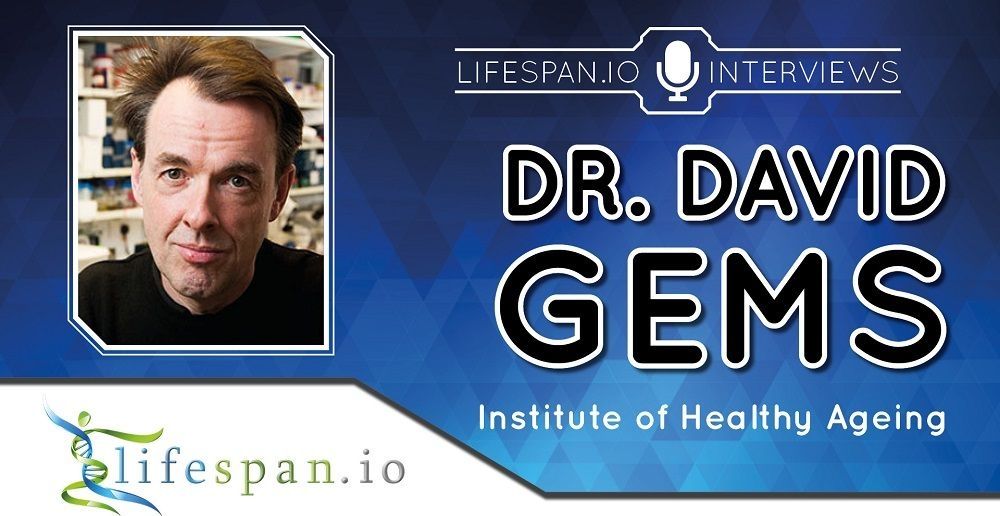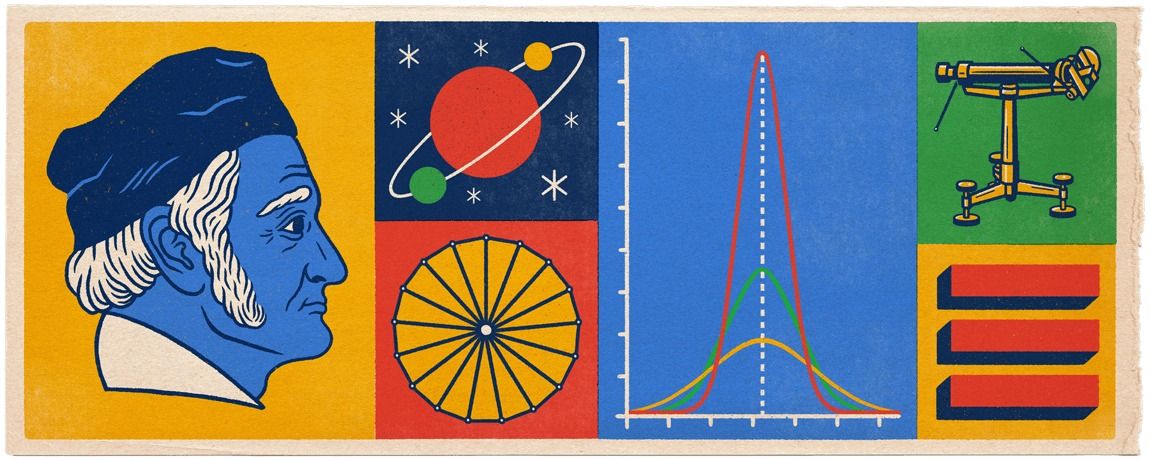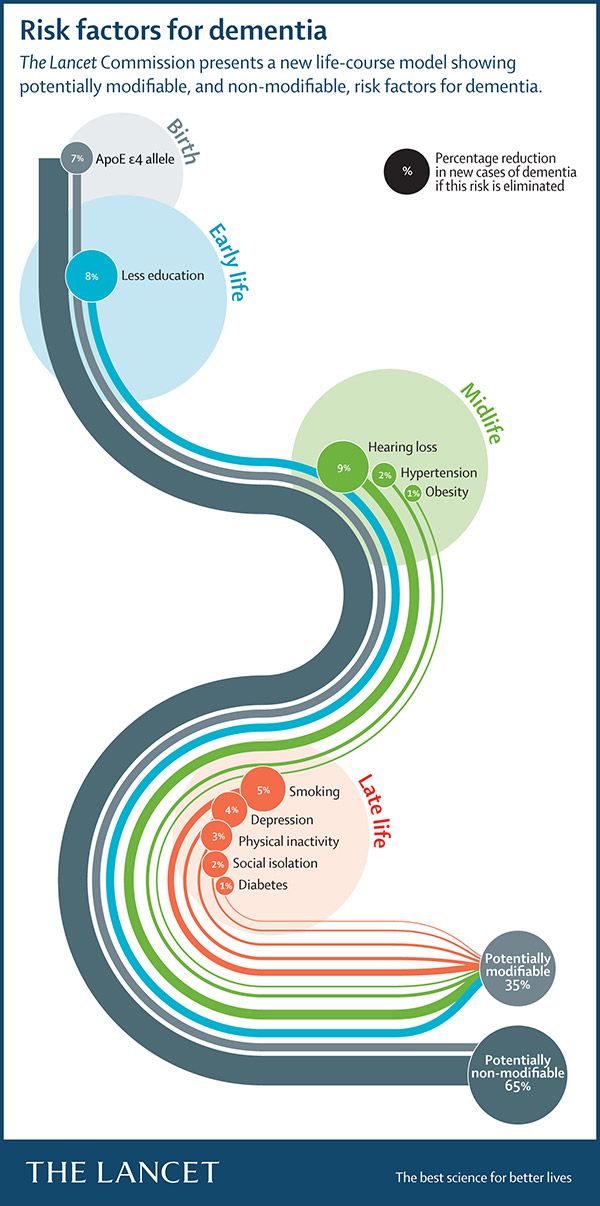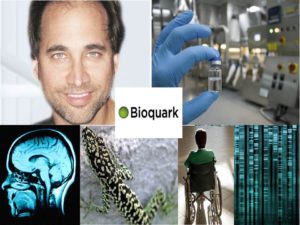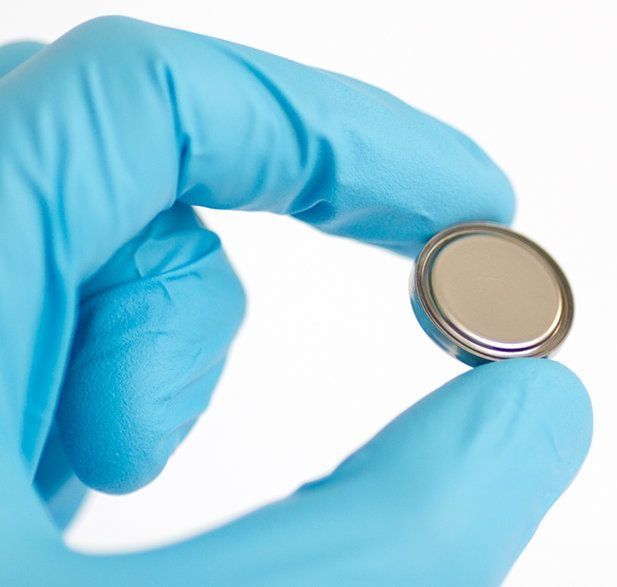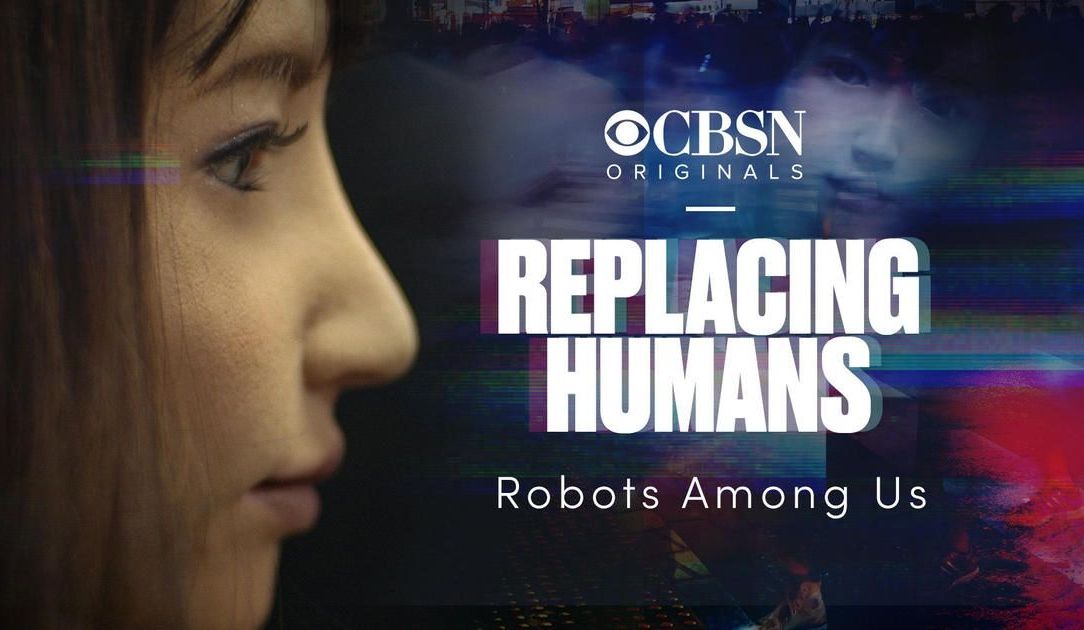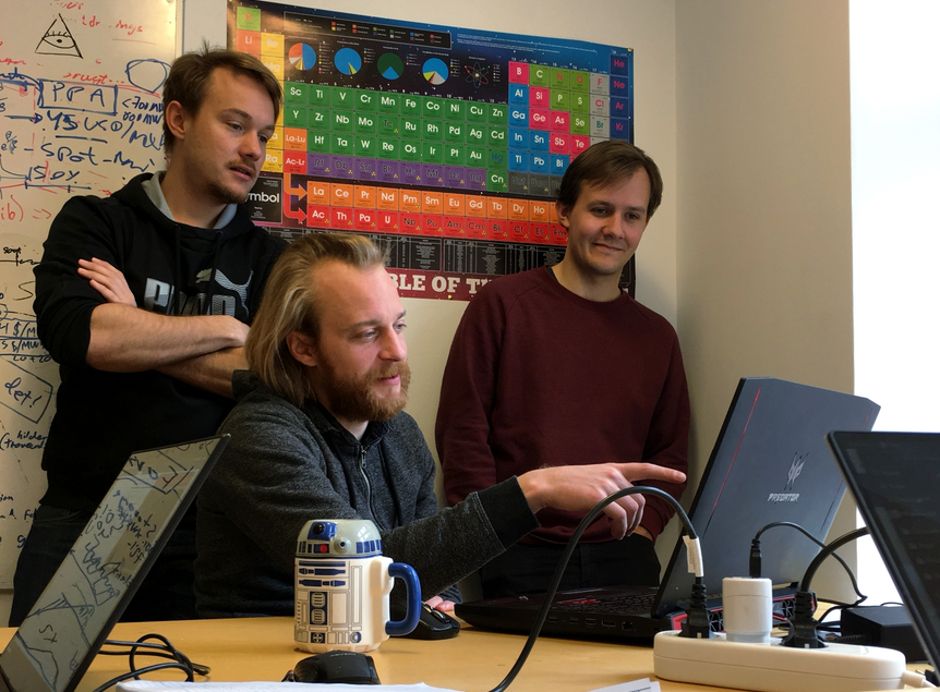Apr 30, 2018
Interventions to Extend Healthspan and Lifespan 2018 – Professor David Gems
Posted by Steve Hill in categories: genetics, life extension
Elena Milova was at the Interventions to extend healthspan and lifespan 2018 conference in Kazan this week. This is an important conference in the aging research field, and it includes a variety of leading experts giving talks about their research. During the event, Elena had the opportunity to talk with professor David Gems about his work and his views on aging.
Professor Gems is a British geneticist and biogerontologist. He is Professor of Biology of Ageing at University College London, where he is also Deputy Director of the Institute of Healthy Ageing. His work focuses on understanding aging through the genetics of the nematode worm C. elegans.
